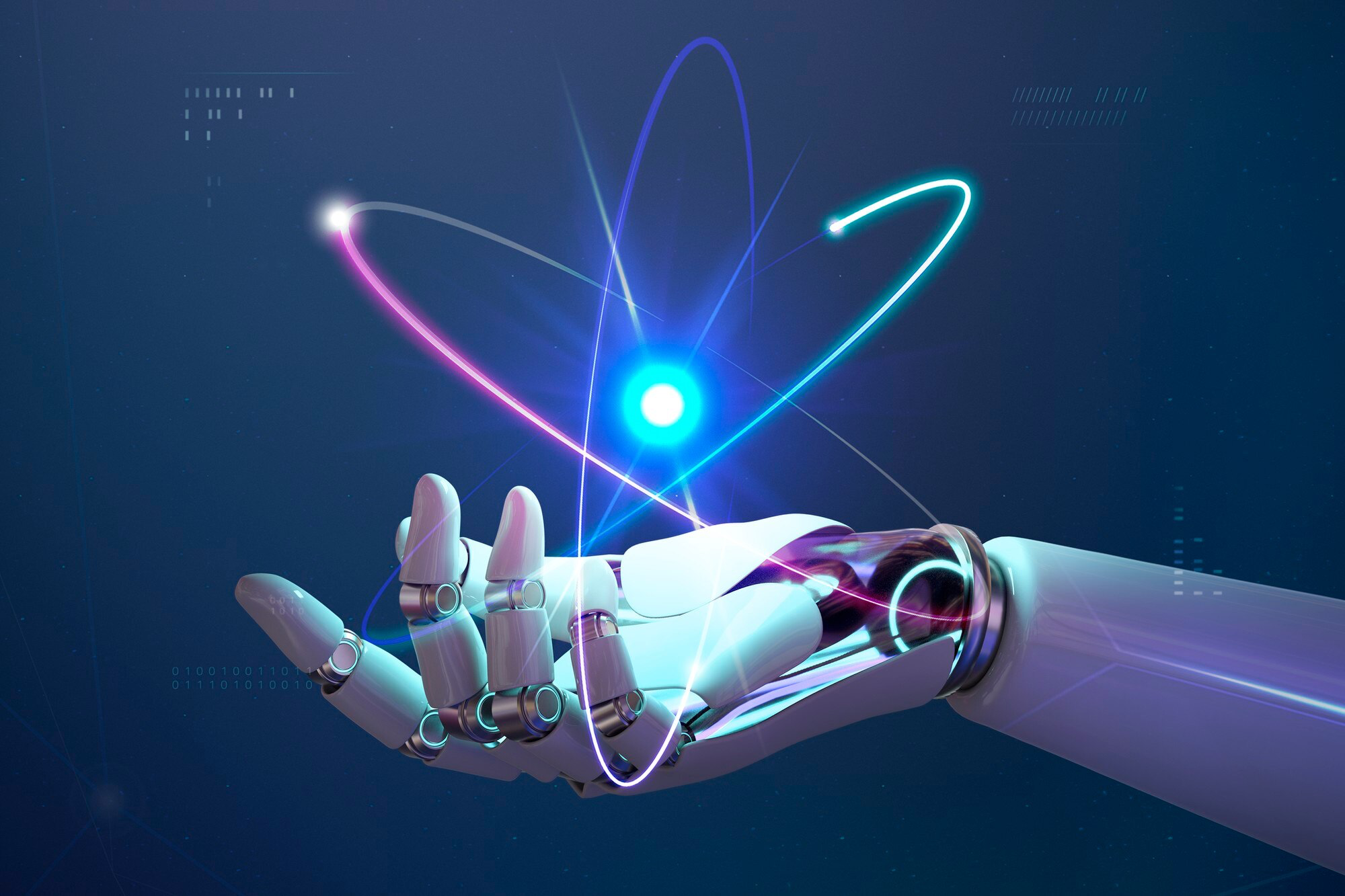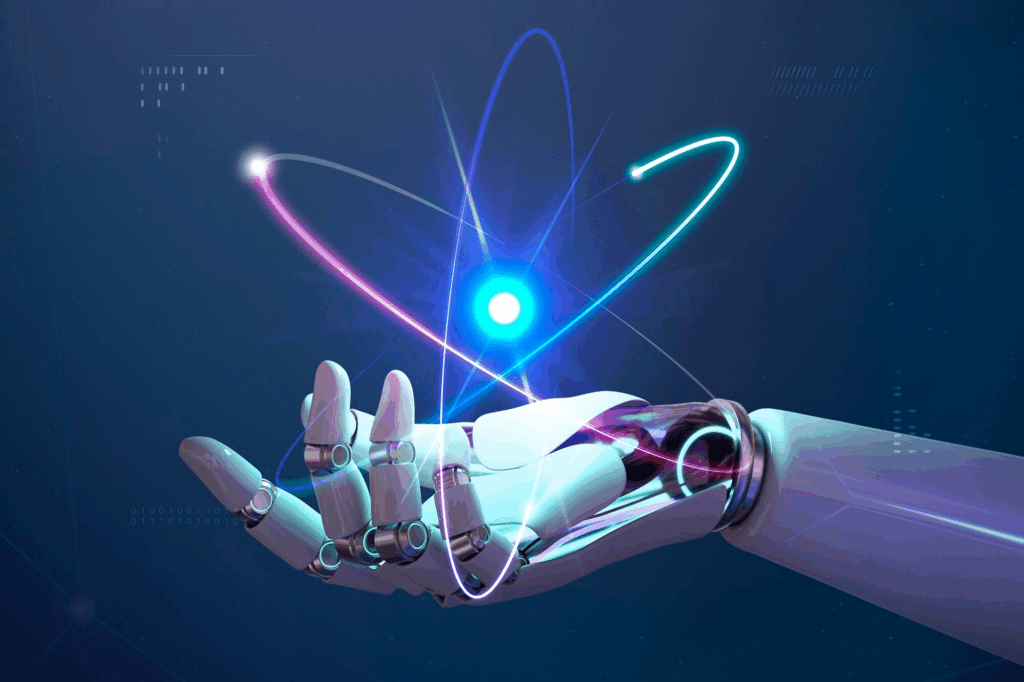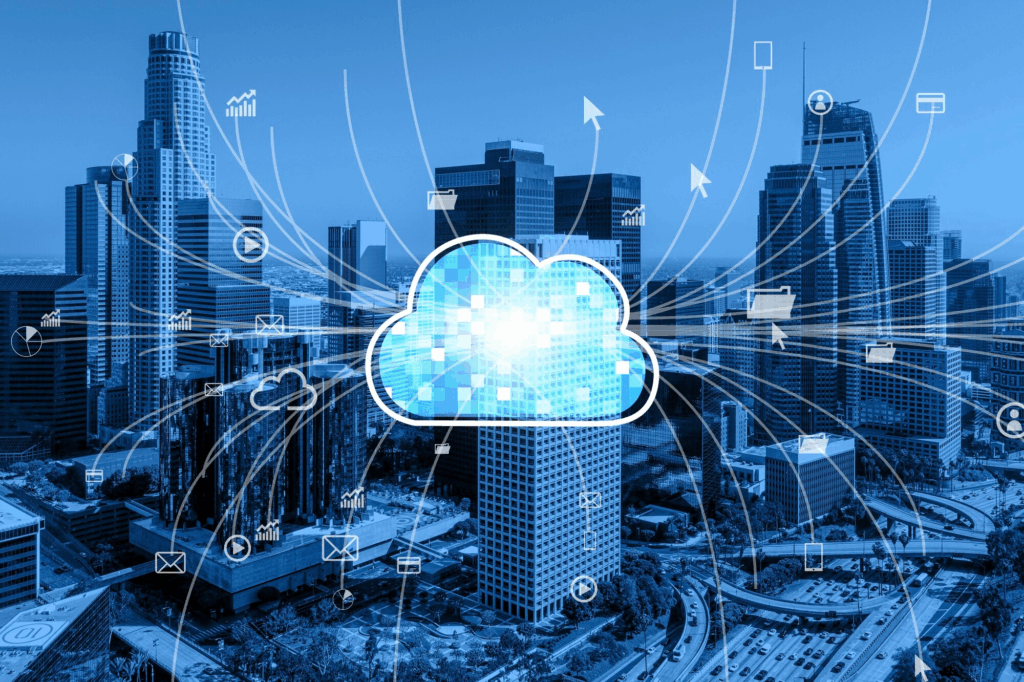Local AI means running machine learning models directly on your own devices, like smartphones, laptops, or local servers. Rather than relying on cloud, these models infer, respond, and even learn without sending data outside the device.
Unlike cloud-based systems that send your data to faraway servers, local AI works right on your device. This means it can respond faster, keep your information more private, and give you more control over things that really matter as AI becomes part of our everyday lives.
This approach offers major benefits like :
i) Reduced Latency: Instant Results, No Waiting
One of the most immediate benefits of local AI is speed. Because the model runs directly on your device, there’s no need to send requests to the cloud and wait for a server to respond. That means faster performance, which is especially crucial for real-time applications like augmented reality, voice assistants, robotics, or predictive maintenance in industrial systems. Whether you’re giving voice commands to your phone or operating a drone, milliseconds matter, and local AI delivers the kind of instant responsiveness that cloud-based systems often can’t match.
ii) Enhanced Privacy: Your Data Stays with You
In an age where digital privacy is under constant threat, local AI offers a refreshing alternative. When models run on your device, your personal information doesn’t need to travel anywhere; it stays safely in your hands.
This is a game-changer for industries like healthcare, finance, or personal productivity, where sensitive data should never be exposed to third-party servers. Whether it’s your medical records or voice recordings, local AI helps ensure that the things that are private stay private.
iii) Resilience: Always-On Intelligence, Even Offline
Another major advantage of local AI is its ability to function without a constant internet connection. Cloud-based AI breaks down when connectivity is lost, but local systems continue running as usual. This makes them ideal for remote environments, critical infrastructure, or disaster scenarios. Imagine a search-and-rescue drone that needs to identify terrain patterns in real time, or a manufacturing robot operating in a high-security facility with no network access. In these cases, local AI isn’t just a bonus—it’s essential.
Real-World Example: Ollama and the Rise of Accessible Local AI
One of the most exciting tools leading the local AI movement in 2025 is Ollama. With a sleek, command-line interface and lightweight architecture, Ollama makes it incredibly easy to download and run large language models (LLMs) on personal laptops—even those without high-end GPUs.
Ollama supports models like LLaMA 3, Mistral, and others optimized for speed and memory usage. Users can simply run a command like ollma run llama3 and start interacting with a powerful local model in seconds. This ease of use has led to explosive growth, with over 1 million installs reported this year alone.
But it’s not just about numbers.Ollama is powering a wide variety of use cases—from developers building offline coding assistants to writers generating content without internet access, and even therapists creating private journaling apps where no text ever leaves the user’s device.
The impact is clear: AI no longer needs to live in the cloud to be useful. With tools like Ollama, high-performance intelligence is now something anyone can run at home, privately, and instantly.







